Bunbu-ryodo
2018/06/05 Update dateA rough translation of this Japanese term "bunbu-ryodo" could be "the cultural and martial ways together". This concept of a man of letters as well as a military tactician or strategist is one the samurai have espoused from their beginnings. There are many examples of samurai becoming famous as much for their tactical/fighting prowess as well as for their artistic skills. This ideal was strong among the warriors from Fukushima.
I originally came to Japan back in the 80's to pursue the Way of the Samurai but wanting to live the by ethos of bunbu-ryodo I began to study the Way of Tea. (Though I must say I'm quite a bit more"bun" than "bu" theses days!) Aside from the actual similarities in movement with budo that initially drew me to tea, chanoyu's philosophical ideals were similar if not the same as the samurai. The Four Principles of the Way of Tea are Harmony, Respect, Purity and Tranquility. These are ideals that all people studying tea strive to put into their everyday lives. Though written for the Way of Tea one can easily see how they can be applied to all walks of life. A quote from Inazo Nitobe's "Bushido: The Soul of Japan" shows that it pertains to the bushido as well. "Tranquility is courage in repose."
Today the phrase has become popular to promote a balanced body and mind with many high school's using it as catchphrase to ensure both good grades as well as being strong in sports. Way before today's schools began using it though the idea was being taught by the warrior class at the Nisshin-kan to the young boys of Aizu-Wakamatsu that would one day become samurai. Built in 1803 the Nisshin-kan soon became a prominent school in Japan that was responsible for imparting the mental and physical ideals of the samurai. Sadly it was lost during the Boshin War (1868~1869) but has been painstakingly rebuilt to the original design so that visitors can get not only glimpse of what it was like in the Edo period to be part of such a formidable school but also some hands on practice as well.
I am now a professor of the Urasenke tradition of tea and we have a special connection with Aizu-Wakamatsu, well actually all three of Sen tea families do. So when I was invited by the Fukushima Tourist Board(?) to visit and shoot there I was quite excited. I had never been there before even though it has a strong samurai history and a direct connection to the tradition of tea I belong to. AND my sensei is from Fukushima!
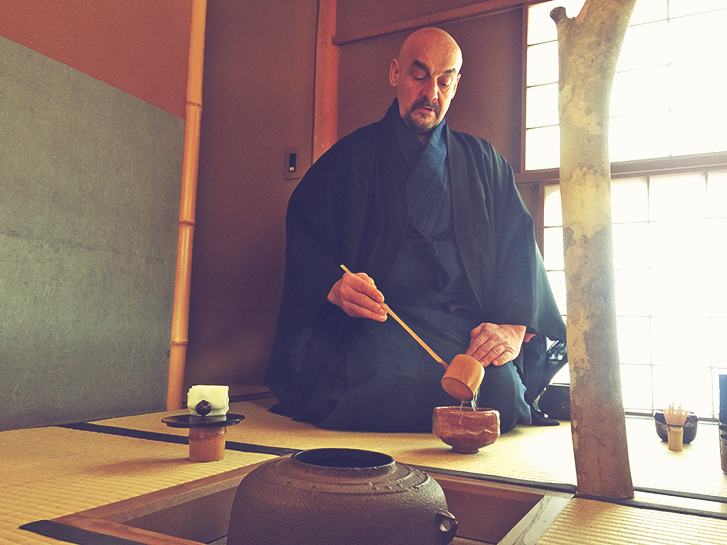
To say that Fukushima has a strong samurai history is doing it an injustice. The long history of the area is rife with stories of the various samurai clans that have ruled, fought and died there. The impact it has had is still felt today by the people of Fukushima who go to great lengths to celebrate and preserve their martial history. The pride of their past is evident in the many festivals they have to remember the spirit of the samurai.
The two largest being the aptly named Samurai Festival (or Aizu Festival) in Aizu-Wakamatsu and the Soma-Nomaoi Festival in Soma. The main feature of the Aizu Festival is a parade representing the historical Aizu domain warlords. The festival in Soma is a 1,000 year old tradition. Soma in western Fukushima is a famous horse-breeding area and the two highlights of the festival are a 1,000 meter horse race featuring 12 men dressed in feudal samurai armour complete with swords and what can only be described as a free-for-all where hundreds of armour clad horsemen vie for flags! As an interesting aside we use bowls in the Way of Tea made from this area and they have the design of a galloping horse.

Some other festivals that are dedicated to samurai culture are...Ryozen Shrine Grand Festival, Taimatsu Akashi Festival, Kohata Banner Festival and as I do (did!?) kyudo these next two would be interesting for me, yabusame (traditional Japanese mounted archery) at the Kino Hachiman Shrine and the Furudono Hachiman Shrine. I imagine there are MANY other smaller local festivals as well.
The connection of tea and the samurai is strong and I would dare say that if it not for the patronage of the samurai perhaps tea would have been lost over the years. Many of the warlords that have ruled Aizu have been great proponents to the way of tea. The Matsudaira clan being top among them. A good example of this is a story that involves a samurai and a tea master.
Towards the end of the Warring States Period (1467~1603) before the country was brought into a period of peace by Tokugawa Ieyasu (1543~1616) a man named Sen no Rikyu (1522~1591) rose to prominence in the world of tea. He is accredited with being the founding forefather of tea as we know it today. He held a special position as tea master to Hideyoshi Toyotomi (1537~1598) one of the daimyo that started Japan on a path of unification. Though a long time confident and for reasons that are speculated at but generally agreed to be unknown Rikyu fell from grace with Hideyoshi and was ordered to commit ritual seppuku. Though not a samurai he was afforded the opportunity to die an honourable death. Shortly after Rikyu committed seppuku the family was dispersed and arrangements were made for his son Shoan (1543~1614) to take refuge in Aizu-Wakamatsu under the wing of Gamo Ujisato a trusted disciple of Rikyu's. He was actually one of Rikyu's Seven Samurai disciples. (LONG before Kurosawa's!)
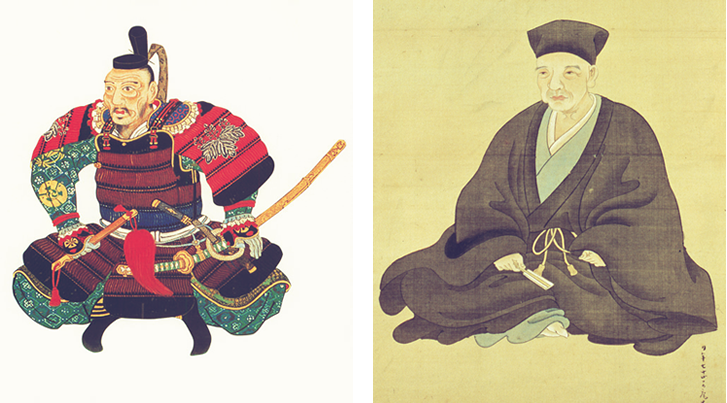
During his forced retreat (1591~1594) to Aizu-Wakamatsu Shoan built a tearoom on the grounds of the Tsuruga Castle he named Rinkaku. I call it a tearoom as that is the direct translation from Japanese but to be honest though it is more like a tea house. It has two tearooms, one larger six mat room and a smaller 3 3/4 mat room with a one mat space that is called a "shoban seki", I guess you could call it a sharing space, and of course a small preparation room. It is said that Shoan built it for the town and that the design was of the warrior style that was popular at the time. Luckily it was moved to prevent its destruction during the Boshin War in 1868 especially considering the castle was demolished in 1874! The castle was later rebuilt in 1965 and the original location of Rinkaku was discovered. Then in 1990 it was reconstructed at the initial site and is designated as one of the Fukushima's Important Cultural Properties. If you get the chance please visit this special place that is a physical representation of "bunbu-ryodo".
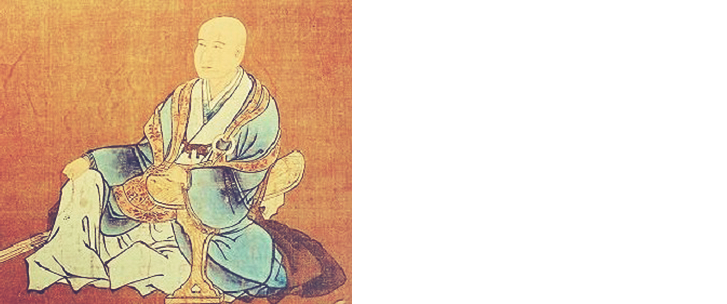

The story doesn't end there though. Through the diligence and perseverance of Gamo Ujisato and Tokugawa Ieyasu, Hideyoshi finally acquiesced and Shoan was allowed to return to Kyoto to promote Rikyu's ideals and to preserve the Sen family. There is even a letter of summons from Hideyoshi Toyotomi signed by both Gamo Ujisato and Tokugawa Ieyasu in the possession of the Omotesenke Oiemoto that shows the pardon of Shoan and his permission to return to Kyoto.
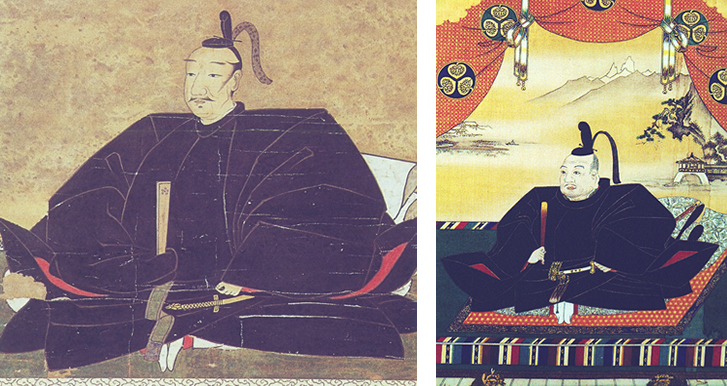
Though I served tea at the tearoom Shorakutei in Shirakawa while I was in Fukushima I would dearly have loved to visit Shoan's tearoom Rinkaku. Though unable to do so this time it offers me the opportunity to contemplate my returnto the prefecture of 'The Last Samurai'!
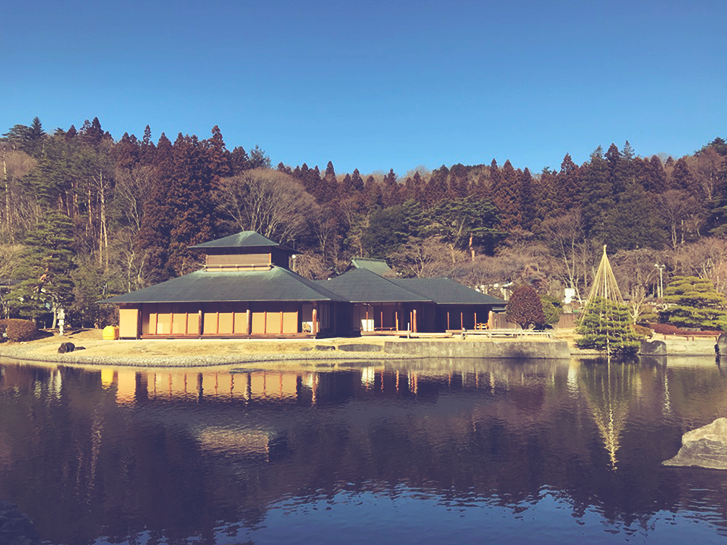
"Fain would we remain barbarians, if our claim to civilisation were to be based on the gruesome glory of war."
"The Book of Tea" by Kakuzo Okakura
Though not an island as the name (shima in Japanese means island!) suggests the shape of the prefecture closely resembles Australia. I remember a clever series of adverts several years ago where they played on this with the phrase "ano shima yori" which I guess you could translate to "instead of that island". Meaning why go ALL the way down under when you can just visit us! Fukushima is well known in Japan for its year round scenic splendor, traditional festivals, local and traditional cuisine as well as many hot springs. It is rich with museums and galleries that house a myriad of shows and exhibits. There is a wide variety of activities to do there all year round from the ever popular cherry blossom viewing in the spring and coloured leaves in the fall to fruit picking in the summer and there are over 20 resorts for skiing and snowboarding in the winter! That doesn't even begin to touch on all the temples, shrines and other historical sites throughout Fukushima that one can visit. You can 'slip back in time' and enjoy the rich past and experience the quiet serenity they offer. One activity that should be of interest to budding samurai is a swordsmithing event!







